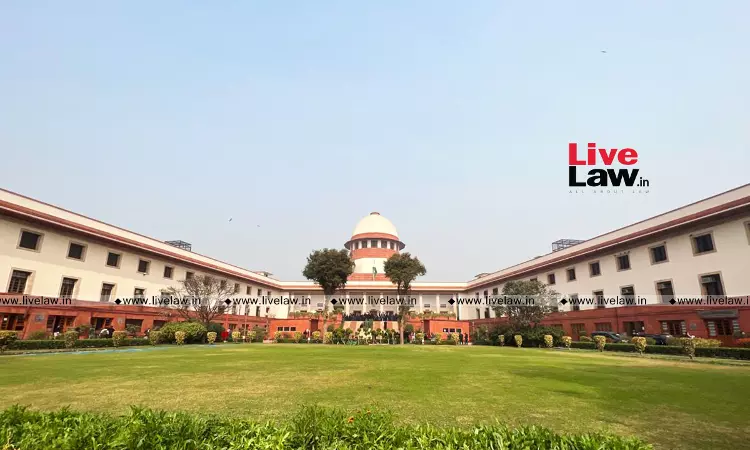Explainer : Issues In 9-Judge Bench Matters Which Supreme Court Will Hear Soon
Padmakshi Sharma
8 Oct 2023 6:57 PM IST

Next Story
8 Oct 2023 6:57 PM IST
On October 12, 2023, the Supreme Court is gearing up for a significant day as a bench presided by CJI DY Chandrachud will be heading for completion of pre-hearing steps in four longstanding nine-judge bench matters. All these matters have lingered on the legal horizon for quite an extended period, some even dating back to a decade or two. These matters cover a variety of important...
